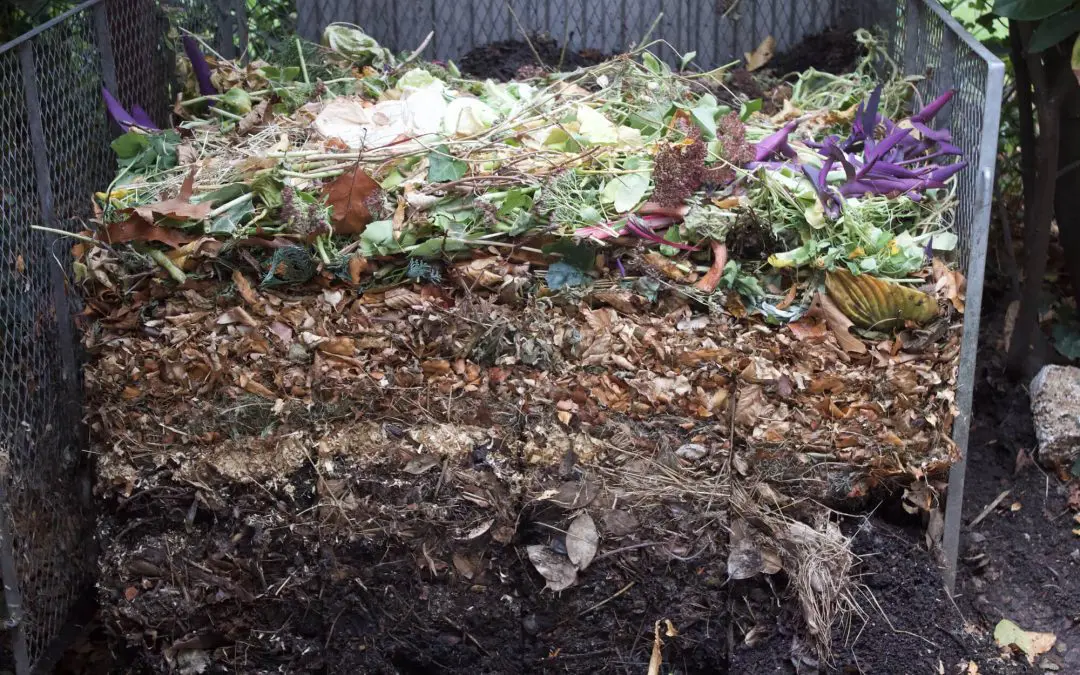Composting is an environmentally friendly way to recycle organic waste, reduce landfill waste, and enrich your garden with nutrient-rich soil. Whether you live in an apartment or have a sprawling backyard, composting is a practical and rewarding activity that anyone can do. Here’s everything you need to help you start composting at home.
Understanding Composting
Composting is the natural process of recycling organic material, such as leaves and vegetable scraps, into a rich soil conditioner called compost. This process involves the decomposition of organic matter by microorganisms in a controlled environment, resulting in a dark, crumbly substance that can be used to enhance soil quality.
Benefits of Composting at Home
Composting offers numerous benefits. It reduces the amount of waste sent to landfills, which helps lower methane emissions and other greenhouse gases. Compost improves soil health by adding essential nutrients, enhancing soil structure, and increasing water retention. Additionally, using compost in your garden can reduce the need for chemical fertilizers, promoting a more sustainable gardening practice.
Getting Started: What You Need for Composting at Home
To begin composting at home, you’ll need a compost bin, organic waste, and a bit of patience. There are various types of compost bins available, ranging from simple piles or heaps to sophisticated tumblers and worm bins. Choose a bin that suits your space and needs. You can even make your own compost bin using basic materials.
Selecting a Compost Bin
The type of compost bin you choose depends on your living situation and composting goals. Consider a worm bin or a compact kitchen composter for small spaces or apartments. For larger yards, a traditional compost bin or a compost tumbler might be more suitable. Ensure your bin has good ventilation and drainage to facilitate the composting process.
Gathering Compost Materials
Successful composting requires a balance of green and brown materials. Green materials are rich in nitrogen and include items like vegetable scraps, fruit peels, coffee grounds, and grass clippings. Brown materials provide carbon and include leaves, straw, cardboard, and paper. Avoid composting meat, dairy, oily foods, and pet waste, as these can attract pests and create unpleasant odors.
The Composting Process
Layering and Mixing
Begin by placing a layer of brown materials at the bottom of your compost bin. Follow this with a layer of green materials, and continue alternating layers to create a balanced compost pile. Aim for a ratio of roughly three parts brown materials to one part green materials. Turn or mix the compost every few weeks to aerate it and speed up the decomposition process.
Maintaining Moisture When Composting at Home
Compost should be kept moist but not waterlogged. The consistency should be similar to a damp sponge. If your compost is too dry, add water or more green materials. If it’s too wet, add more brown materials and ensure proper aeration.
Troubleshooting Common Issues When Composting at Home
Odor Problems
A well-maintained compost pile should not emit a foul odor. If your compost smells bad, it might be too wet or contain inappropriate materials. Turn the compost to increase aeration and add more brown materials to balance the moisture content.
Slow Decomposition
If your compost isn’t breaking down as quickly as expected, it may need more green materials or better aeration. Regularly turn the compost and maintain the right balance of materials.
Harvesting and Using Compost
Compost is ready to use when it becomes dark, crumbly, and earthy-smelling. Depending on the materials and conditions, this process can take anywhere from a few months to a year. To use your compost, simply mix it into your garden soil, use it as a top dressing for plants, or blend it into a potting mix for indoor plants.
Composting at home is a rewarding way to contribute to environmental sustainability while enhancing your garden. By understanding the basics, maintaining the right balance of materials, and troubleshooting common issues, you can create rich, fertile compost that will benefit your plants and the planet. Start composting today and join the movement towards a greener, healthier world.
FAQs
What types of composting methods can I use?
There are several composting methods to choose from, including hot composting, cold composting, vermicomposting (using worms), and bokashi composting (a fermentation process). Each method has its own advantages and is suitable for different living situations and composting goals.
What are the signs of a healthy compost pile?
A healthy compost pile should have a pleasant, earthy smell and a balanced moisture level (like a wrung-out sponge). It should generate some heat, indicating active decomposition. You should also see a mix of decomposed materials and organic matter breaking down.
Can I compost cooked food?
Cooked food can be composted but requires careful management to avoid odors and pests. Avoid composting oily or greasy foods, and always bury cooked food scraps under a layer of brown materials. Using bokashi composting is an effective way to handle cooked food scraps.
Can I compost pet waste?
Pet waste from herbivorous animals like rabbits and guinea pigs can be composted. However, waste from carnivorous pets like dogs and cats should generally be avoided due to potential pathogens. If you compost pet waste, use a separate system and ensure it reaches high temperatures to kill harmful organisms.
Anderson Home Inspections offers inspection to customers in Central Ohio. Contact us to request our services.

